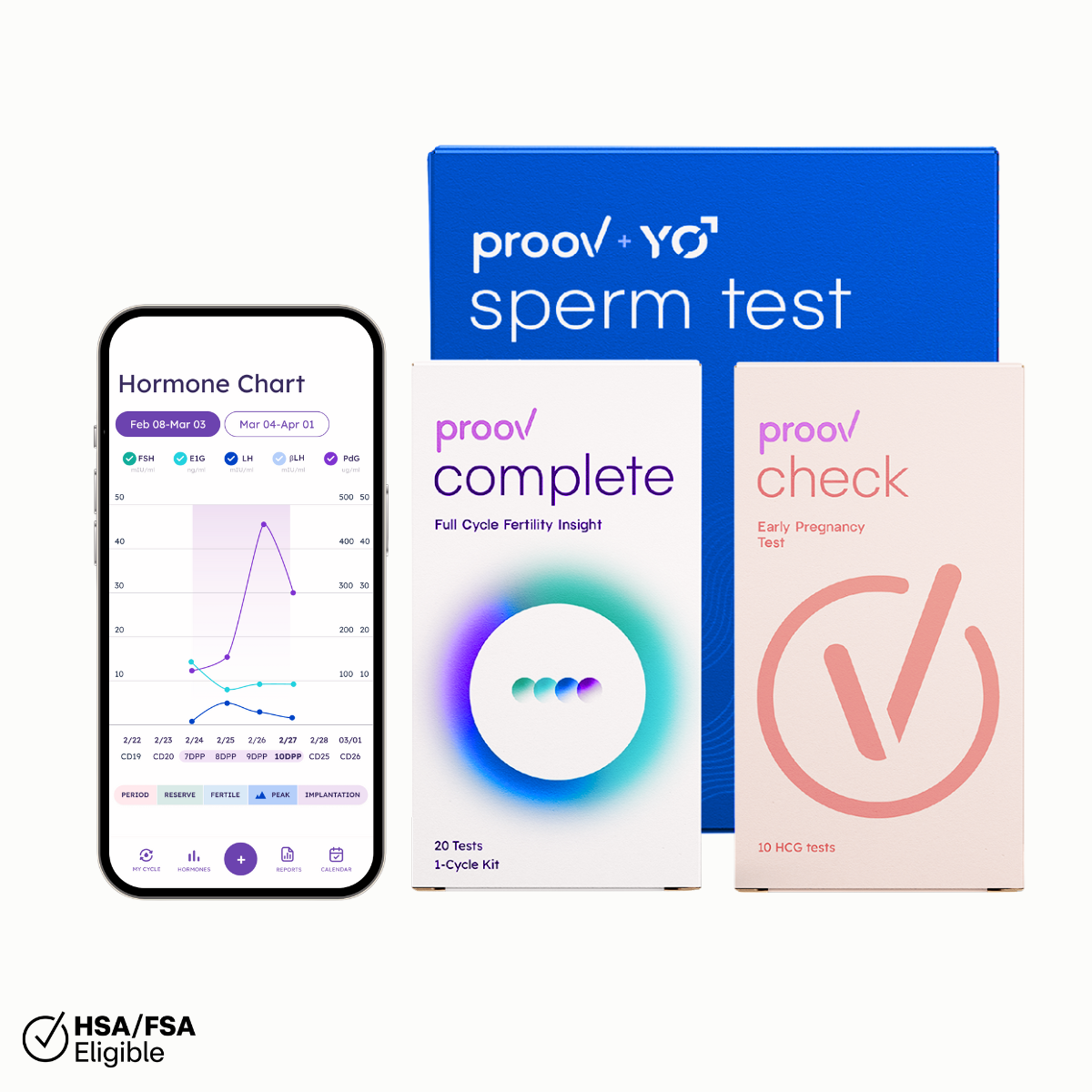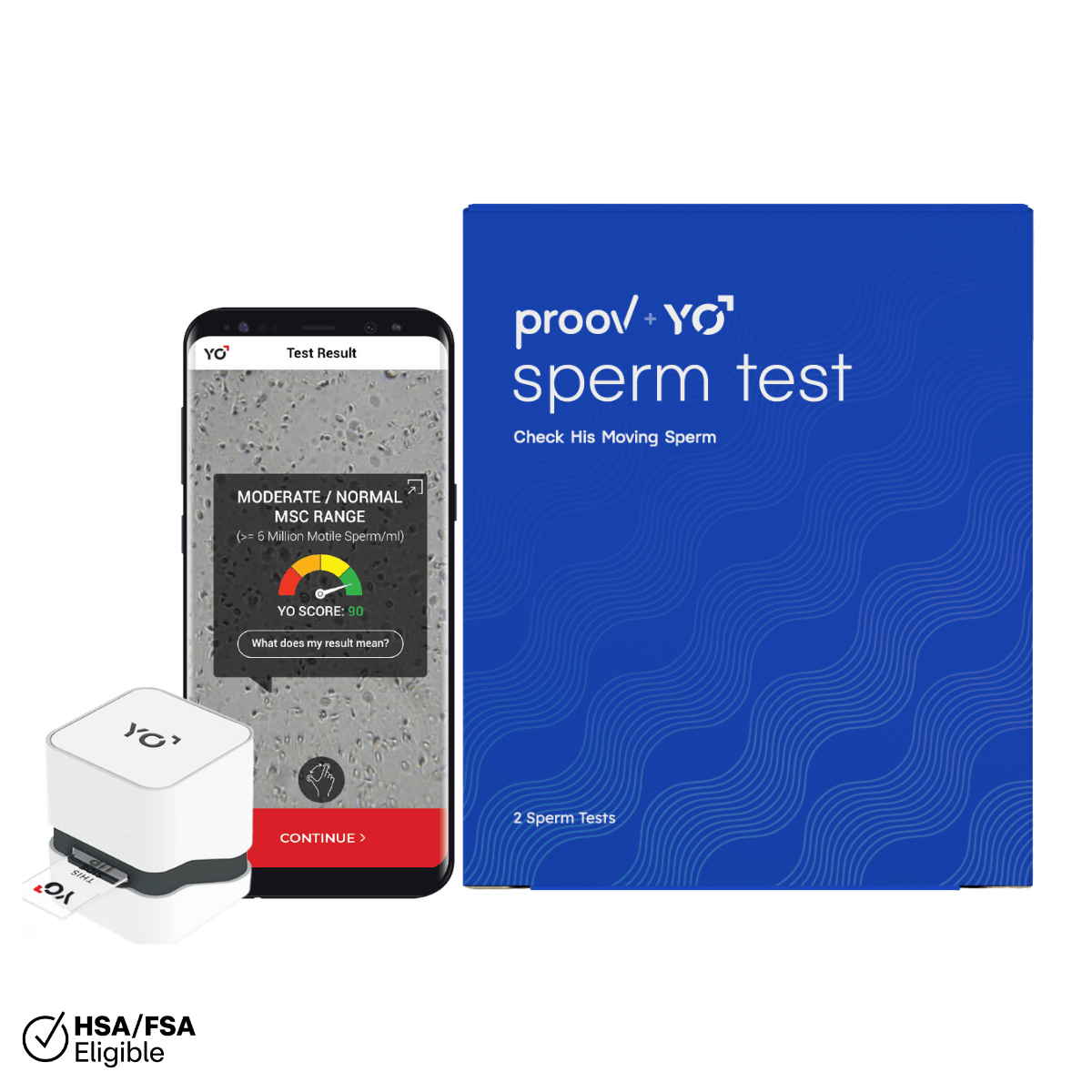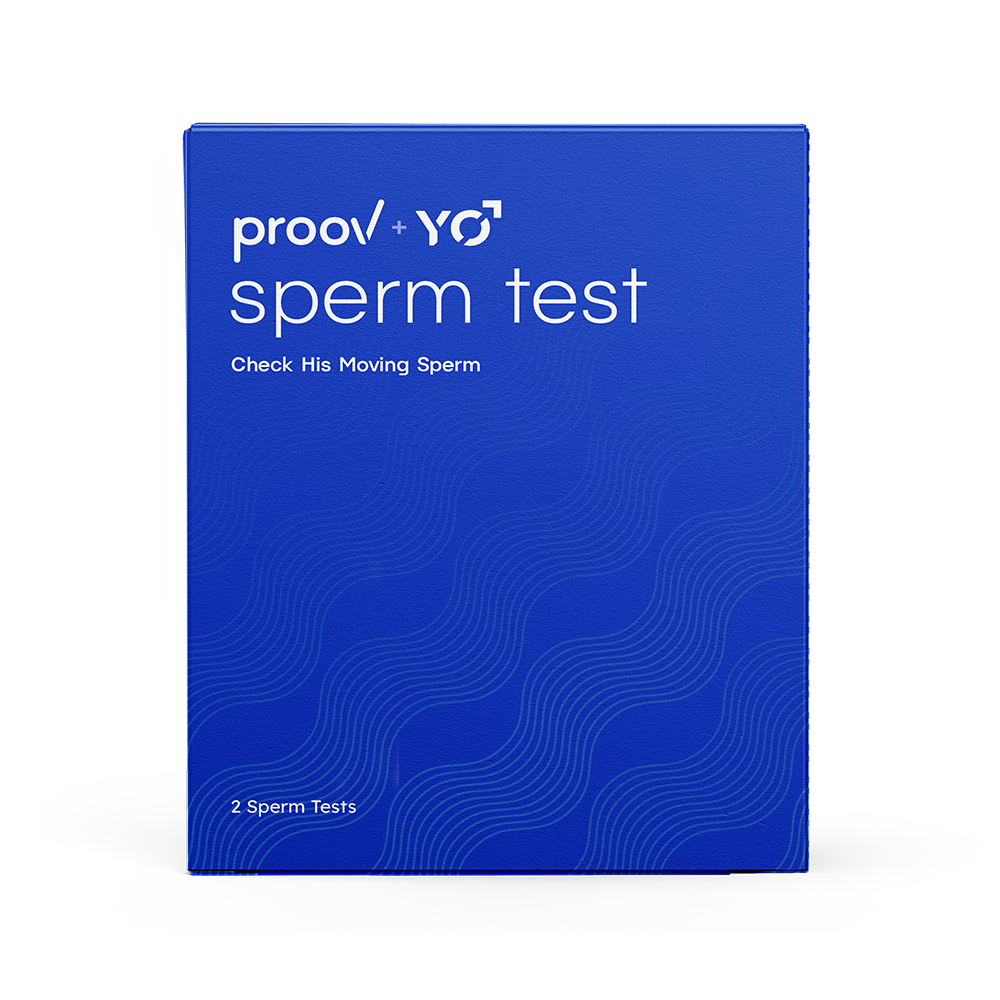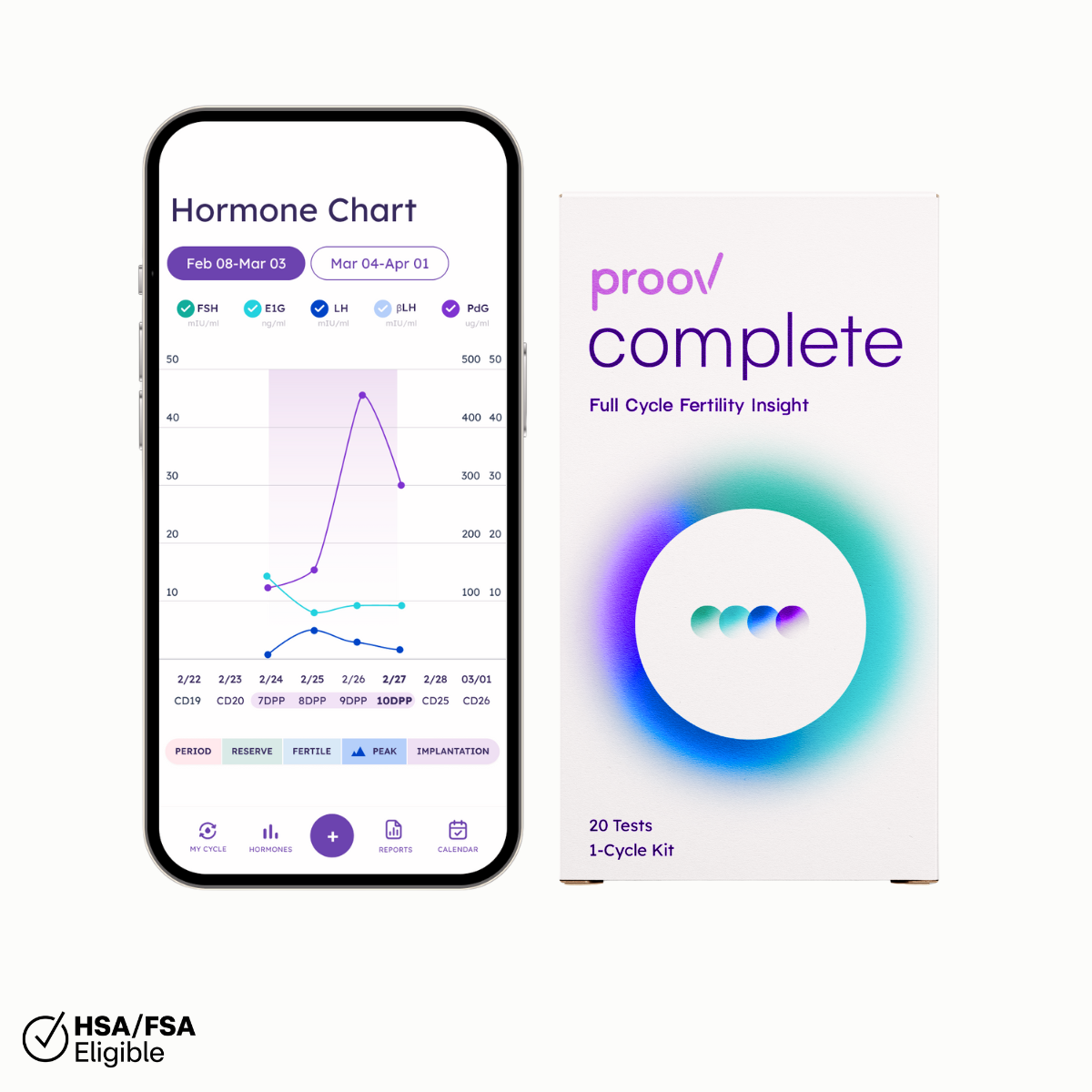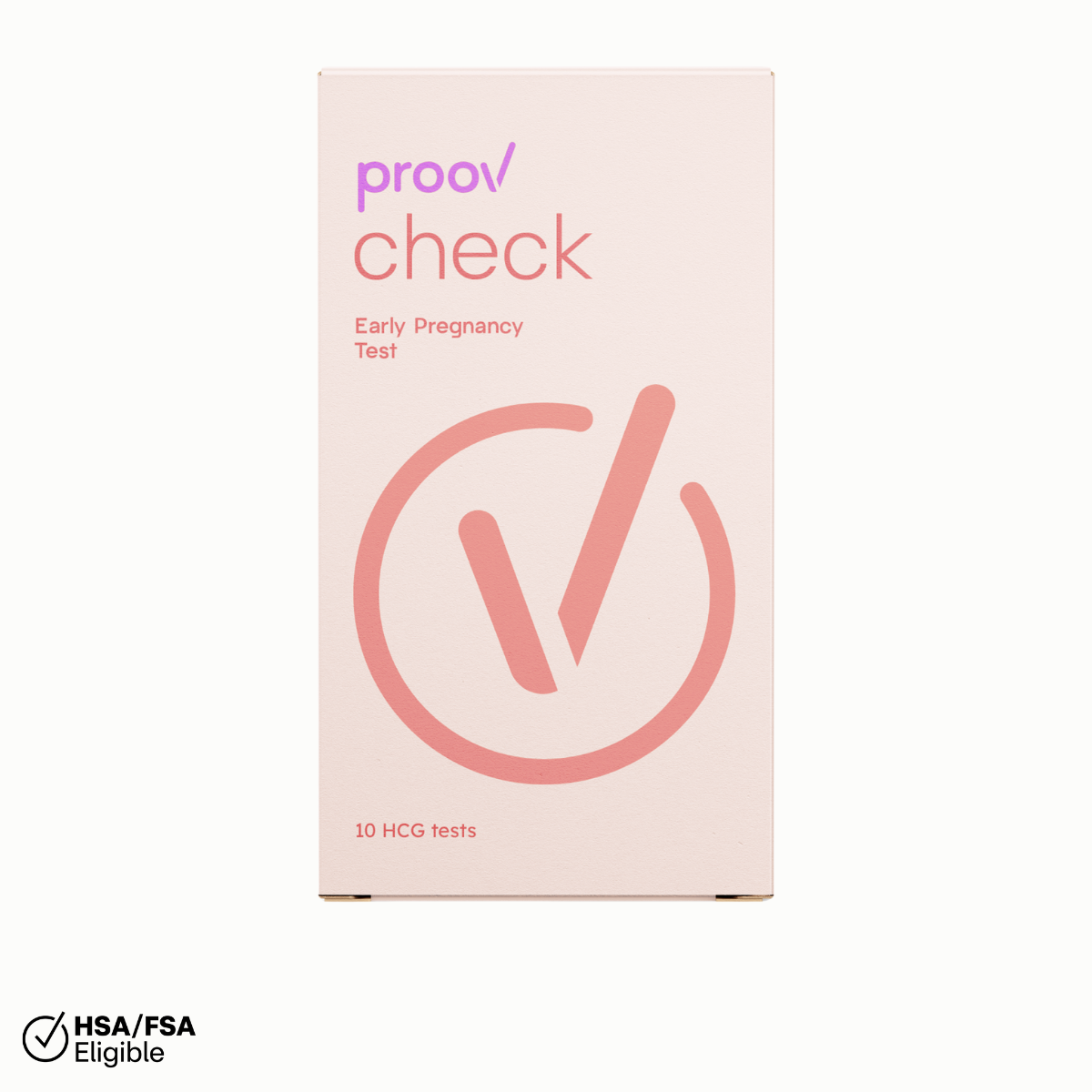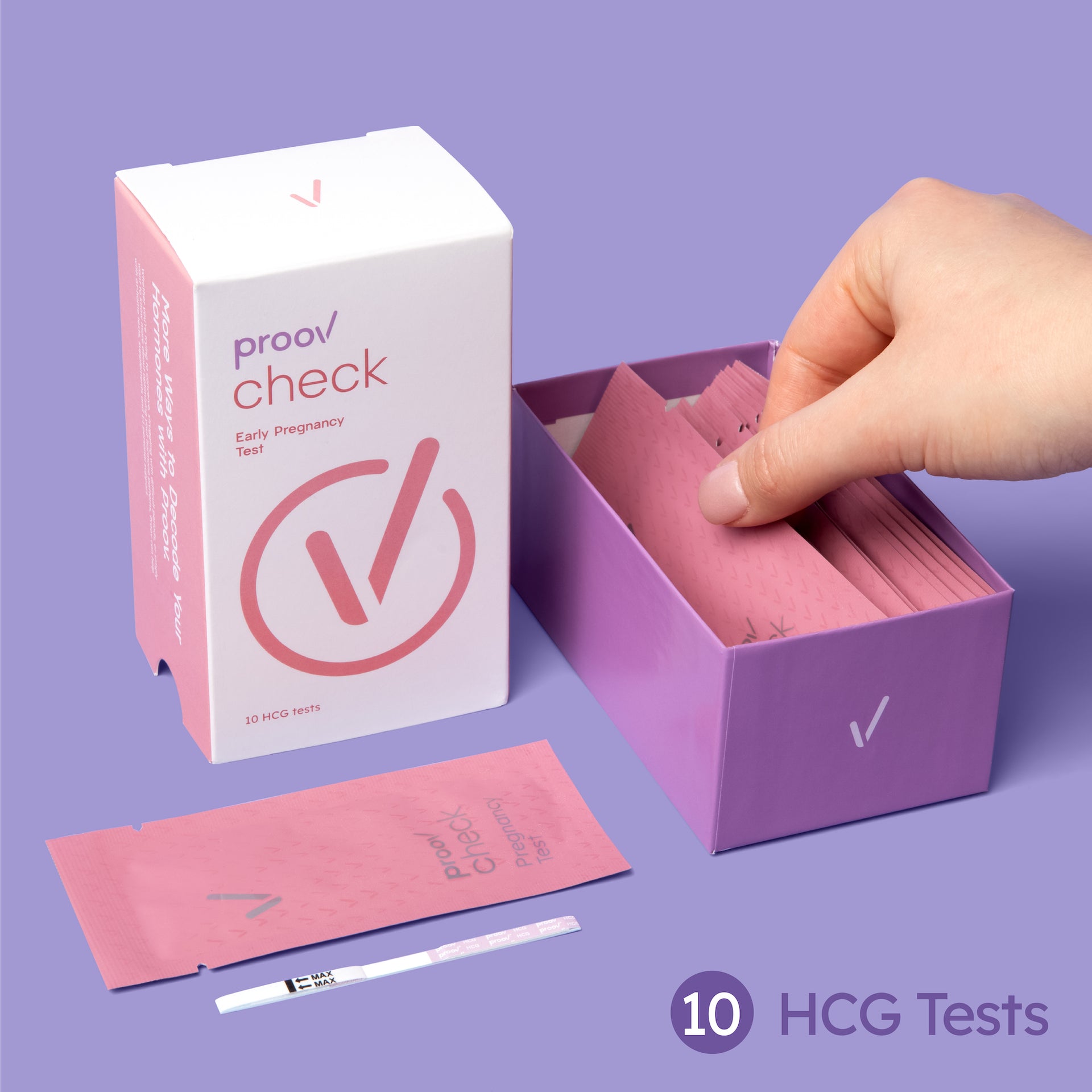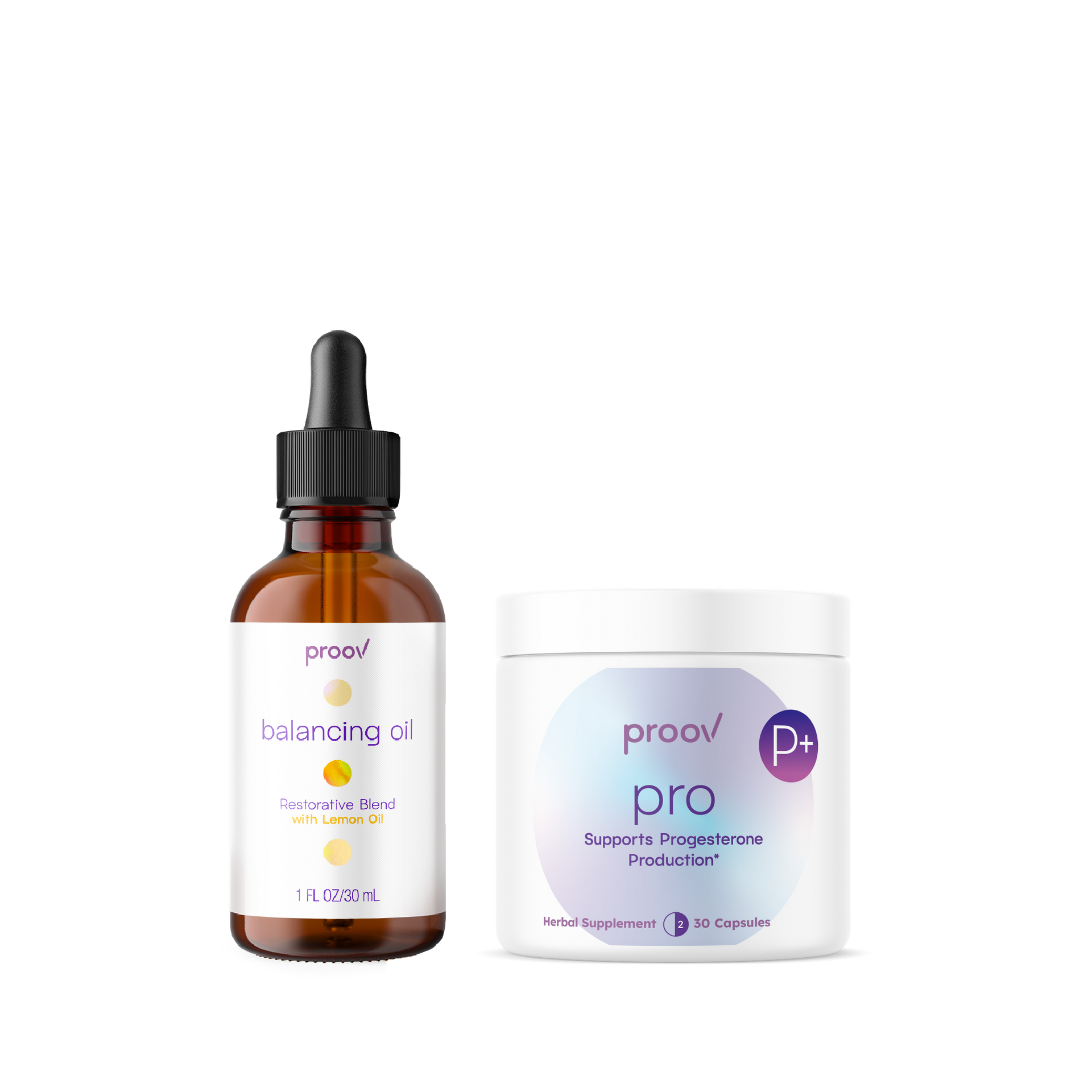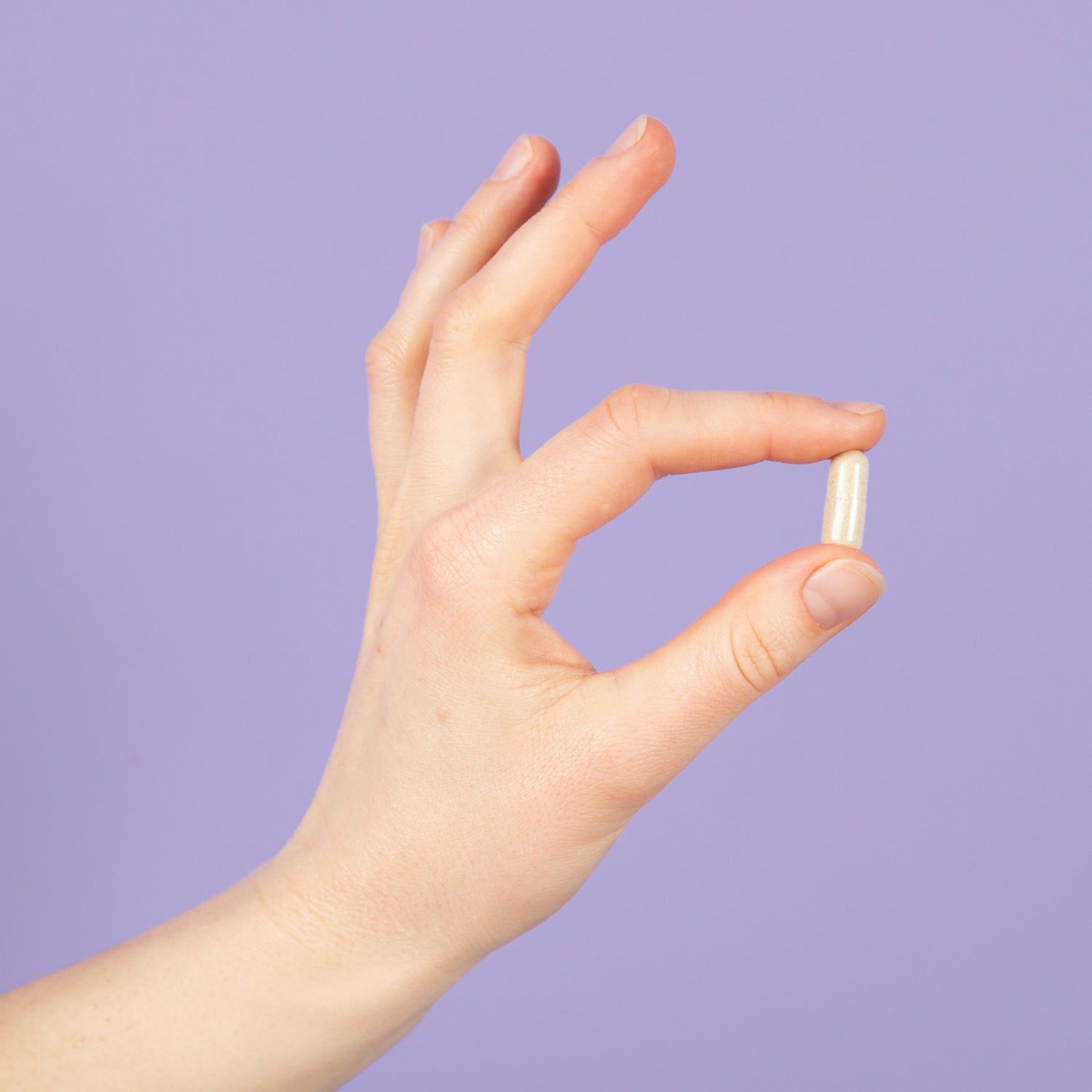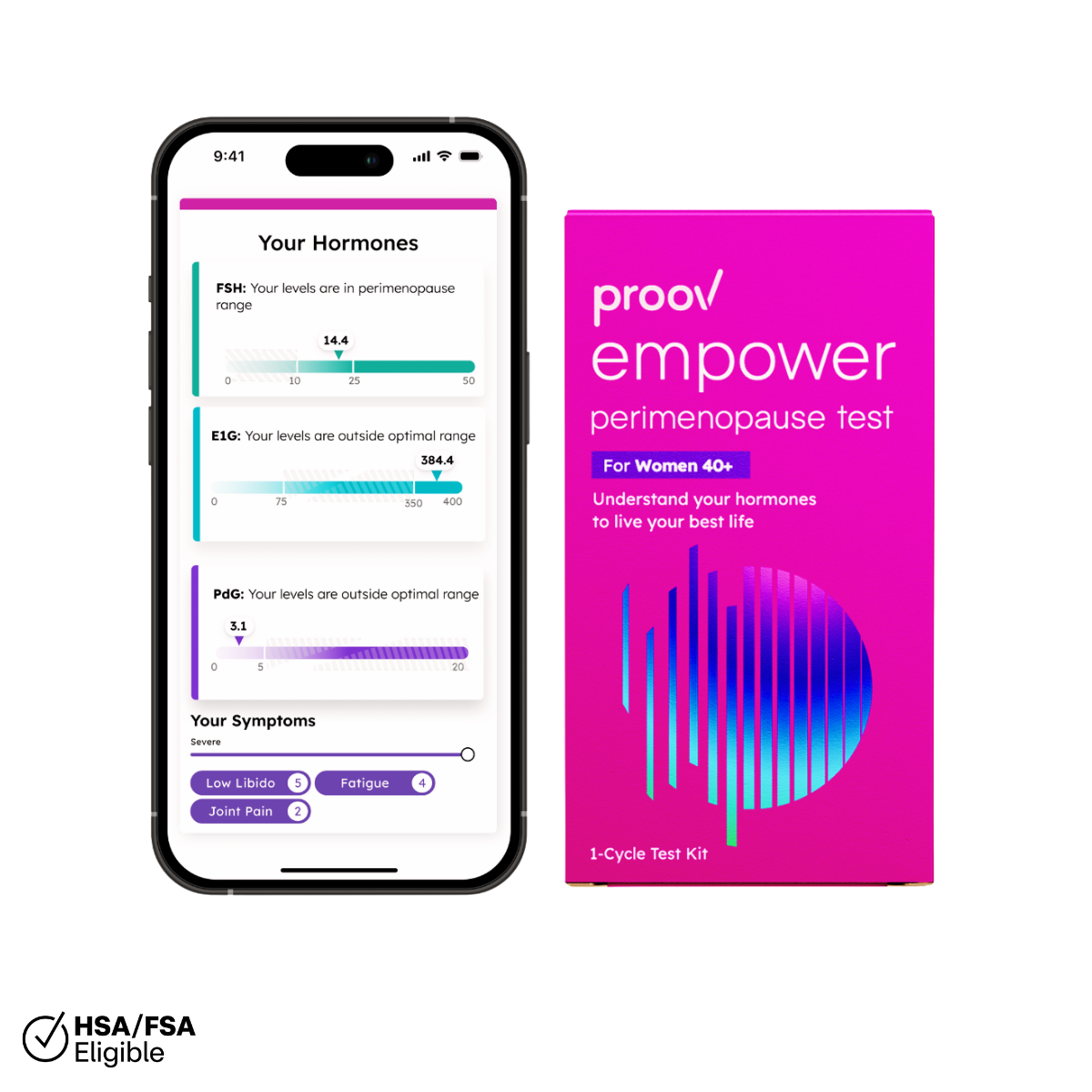Updated on June 3, 2025.
Written by: Puja Pachchigar, Founder & CEO of GoKidu
A heartfelt guide to preparing for at-home insemination
Choosing to grow your family through donor conception is one of the most powerful, intentional decisions a person can make. Whether you're a single parent by choice, part of a same-sex couple, or navigating fertility challenges with a partner, this path is full of hope—but it also brings plenty of questions.
The truth is, trying to conceive through at-home insemination takes more than just good timing and a hopeful heart. It takes clarity, trust, and preparation.
These three steps helped bring peace and structure to my own journey, and if you’re standing at the beginning of yours, I hope they’ll guide you too. No matter what your story looks like, you’re not alone. You’re part of a growing community building families with love, intention, and a deep belief that biology isn’t the only thing that makes a parent.
1. Get to Know Your Body—and Your Cycle—in a Whole New Way
When I first started this process, I thought I knew my body. I tracked my period religiously. I could predict ovulation down to the day. But when I started preparing for insemination, I quickly realized there was so much more to understand.
That’s where the Proov Complete Testing System became my most trusted companion. It's a lab-grade, at-home system that helped me go beyond ovulation strips and apps to truly understand what was happening inside my body.
Here’s what it revealed:
Ovarian Reserve (FSH Test):
This test helped me assess how many eggs I might have left—essential when trying to decide whether to move quickly, consider IVF down the line, or keep trying at home for now.
6-Day Fertile Window:
Most tests only show a short 24-hour window. Proov showed me the full fertile window—those 6 key days where conception is actually possible—so I could time insemination with confidence.
Progesterone Testing (PdG):
After insemination, I was able to confirm not just that I ovulated, but whether my hormone levels were high enough to support implantation. This data helped me get medical support early when I needed it most.
Understanding my own cycle on this deeper level gave me something I didn’t expect: peace. I felt in control, not in the dark.
2. Choose a Donor You Feel Comfortable With—Not Just a Profile That Looks Good
Finding a donor is deeply personal. Some people choose to use someone they know. Others prefer a sperm bank. And increasingly, people are turning to platforms that offer known or semi-known donors, with more connection and transparency than traditional banks allow.
For me, trust was everything. I wanted to feel confident in my donor’s health, intentions, and values. I needed more than just a couple of stats and a childhood photo.
That’s when I found GoKidu, a donor and surrogate matching platform designed for people who want more intentional family-building. What stood out to me wasn’t just the tech—it was the heart behind it.
Here’s what I found through GoKidu:
-
Verified donor profiles with complete health histories and communication preferences
-
Secure messaging, video and audio calls, so I could have real, personal conversations before making any decisions
-
Built-in legal support tools to create donor agreements and protect everyone involved
-
Educational resources, fertility tracking, and in-app transaction tools for security and peace of mind
-
Access to midwife guidance, so I never felt like I was going through this process without support
Whether you're seeking a donor with openness for future contact or one-time support, GoKidu creates space for that spectrum. It’s all about informed choice, mutual respect, and emotional clarity—values that mean so much when you’re creating life.
👉 Explore more at www.gokidu.com
3. Test Everyone (and Everything) Involved
I know, I know—this part might not feel romantic. But in my experience? Testing is love. It’s how we show up for this process with honesty and care.
Whether you’re trying with a partner or a known donor, everyone involved should get tested—and not just for fertility, but for safety too.
Here’s what to consider:
For You:
Again, the Proov Complete Testing System is a one-stop solution. It includes:
-
FSH: to assess ovarian reserve
-
LH and E1G: to track ovulation timing
-
PdG: to confirm successful ovulation and progesterone levels needed for implantation
With all these insights in one place, I didn’t have to guess—or waste precious cycles. I could make smart, confident decisions based on real data.
For Your Donor or Partner:
Even if someone’s fathered children before, sperm quality can change over time. And if you're inseminating at home, you'll want to make sure there are no STIs that could put anyone at risk.

That’s why I also recommend the Proov + Yo At-Home Sperm Test. It’s an at-home test that checks for key indicators of sperm health—like motility, morphology, and count. The results are quick, easy to interpret, and surprisingly empowering. It was a game-changer in helping me understand whether my donor was a good match biologically, not just personally.
And please—make sure your donor or partner also gets a recent STI panel done. It’s not just about safety; it’s about respect and responsibility.
A Quick Recap: Your 3-Step Checklist
-
Track with Proov: Understand your egg reserve, fertile window, and hormone health before starting.
-
Match with Intention: Platforms like GoKidu offer trusted donor matching with transparency, legal clarity, and emotional support.
-
Test Everyone: Use the Proov Complete Testing System for yourself, and the Proov + Yo At-Home Sperm Test for your donor or partner.
Final Thoughts: You Are So Brave
Trying to conceive—especially outside the traditional mold—takes courage. At-home insemination isn’t just a process, it’s a promise you’re making to yourself and your future child.
The truth is, you don’t need a white coat or a waiting room to start your family. You just need support, good information, and a deep belief in the love you’re building from.
These three steps helped me feel grounded when everything else felt uncertain. I hope they help you too. You’ve got this.
Because creating a family shouldn’t be left to chance. It should be done with heart, wisdom, and the right tools by your side.
Explore the resources that supported my journey:


